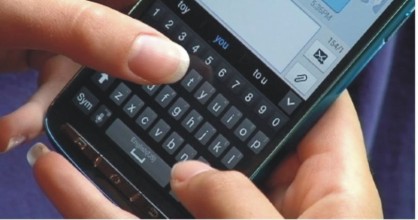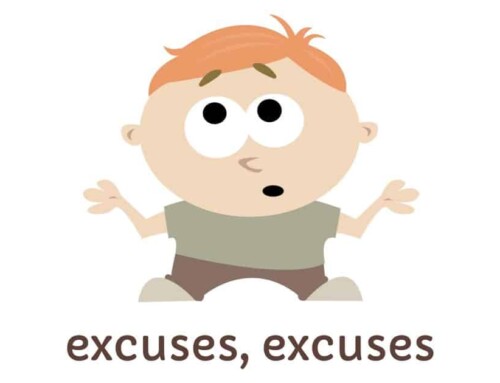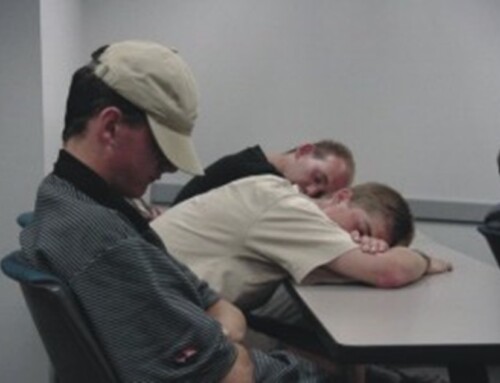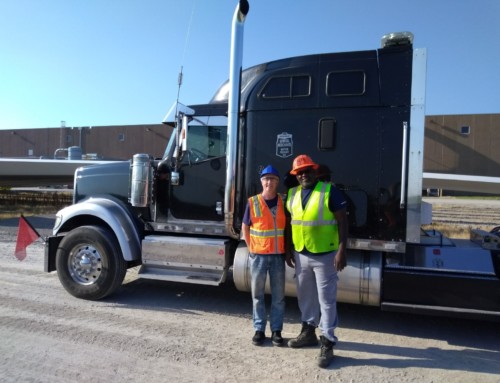This tactic works every time when someone is glued to their phone. It also works for all kinds of things that are distracting someone in your audience, or when someone is the distraction. It’s worked for me for over 30 years. Not just now as a professional speaker and trainer but also when I was a full-time safety and health professional in the nuclear industry. 
Here’s my favorite recent example: While hosting a “Spice It Up!” session for a construction company, one of the young engineers attending would not put his phone down. I think he had a new girlfriend and they were in the midst of some heavy texting. Let’s say his name was Andy. When I posed the question: “Does anyone have a problem they wish to knew how to solve when it comes to your audience?” One person in the back (sitting a couple of seats away from Andy) asked me “what can you do to get someone to put down their phone?” I knew he was referring to his colleague nearby.
With glee, I said, “allow me to demonstrate.”
Now it’s important that you use tactics which don’t get your audience to dislike you or feel intimidated. I didn’t ask Andy to put his phone down. I didn’t even look at him. All I did was start to describe why it was important to be prepared and put “Andy” in the leading role as a person preparing for a safety presentation.
“Let’s pretend Andy is going to give a safety meeting on ergonomics.”
“The first thing Andy would need to do is think about his audience.”
“Andy would need to keep in mind what their level of knowledge is about the subject. Andy would also need to learn about the logistics.”
I must have used Andy’s name six or seven times in less than a minute. What was hilarious was Andy’s reaction. He was so engrossed in his phone flirting that he snapped his head up and looked at me thinking I had asked him a question. He even shook his head a bit with a gesture of “what’s going on?”
Then I told the group: “that my friends is how you pull someone’s attention away from their phone and to what you’re saying.”
Try it. Just include the person (or persons’) names as part of something you’re describing. “Let’s say Tom and Mary have to enter a confined space. The first thing Tom and Mary would have to do is get a permit, etc.”
It’s a fun and tactful way to get a head or two to look up away from their phone (or whatever it is that’s distracting them).
Of course, when everyone in your audience is glued to their phones that’s a different situation. I’ll delve into that “big” distraction in a future blog.





